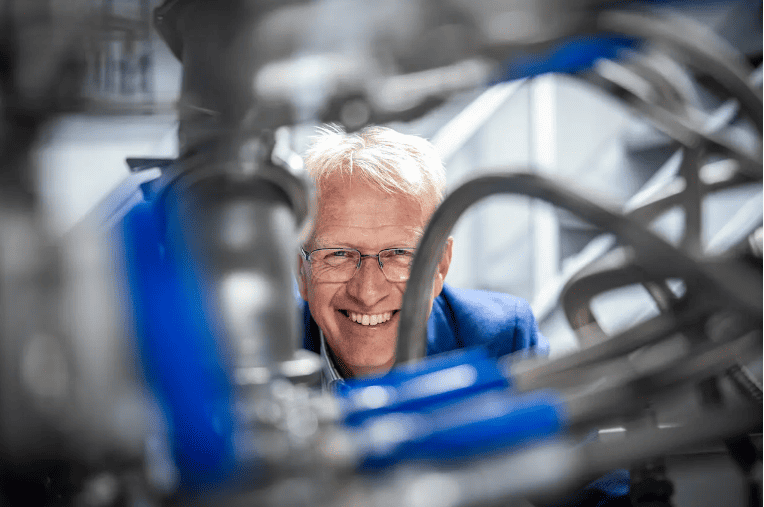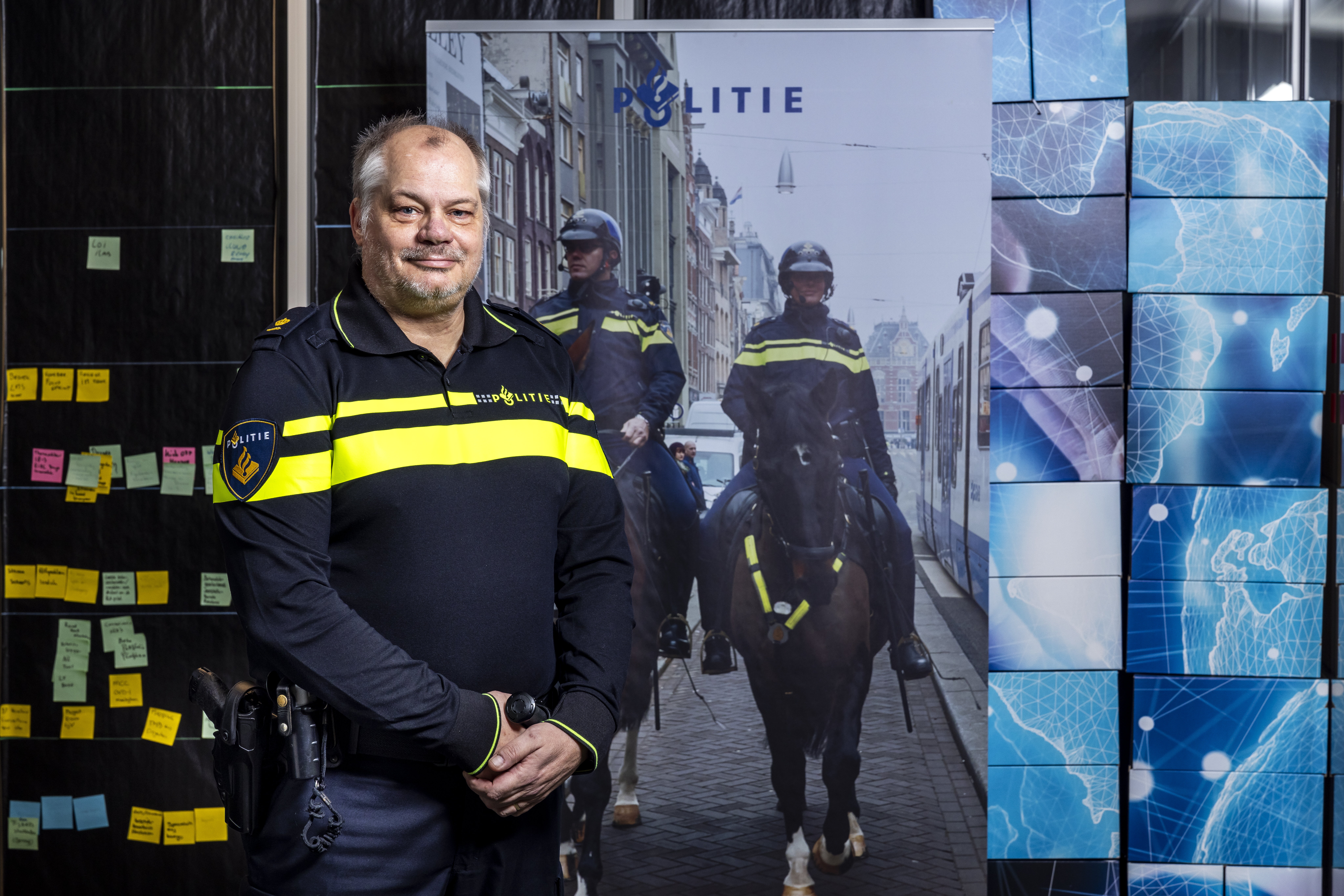
Mobile and carefree. No, this isn’t about your phone, but about the way you move around. This ought to be a carefree experience for everyone and everything by 2050 so that young and old, rich and poor, able-bodied and people with disabilities can get around with ease. It should be affordable, safe, comfortable, easy and healthy, in smart and sustainable cities with an optimal flow of people and goods. This would mean that ‘mobility’ is the link between living, leisure and work. Preferably emission-free.
We have a new cabinet here in the Netherlands, but one with the same aspirations when it comes to reducing damage to the environment and meeting the UN climate targets set in Paris. There, the EU member states have agreed that the EU must emit at least 40 percent less CO₂ in 2030, preferably even 55 percent less. It is great that everyone is in agreement at the mobility table within the Climate Accord. But then we need to get down to business and provide funding to ensure that all modes of transport and infrastructure are optimally developed and utilized and are clean as well: in aviation, shipping and on roads. This requires research, commitment from companies, and investment in R&D.
Research & Development
As a consequence of the corona crisis, the Dutch mobility industry was confronted with a loss of turnover, which meant that cuts had to be made in R&D. But investments in R&D are precisely what is needed to safeguard the innovative strength of the Dutch manufacturing industry! And at the same time, lower energy consumption, the use of sustainable energy sources as well as a digital transition all need to be fostered.
Millions invested in projects
For this reason, €150 million was made available in the spring of 2021 as a support measure for the Dutch mobility cluster for R&D projects in the automotive, maritime and aerospace sectors. This is targeted to emission-free smart driving, flight and maritime shipping. RAI Automotive Industry NL and Brainport Development, NAG from the aviation sector, and the maritime sector, among others, have committed to this. This is because the Netherlands wants to further strengthen its competitive position internationally. The million-dollar investment is giving an ambitious Dutch mobility program a flying start.
For the automotive part, the HTSM Automotive Roadmap 2020-2030 is the starting point. In close cooperation between industry, RAI Automotive Industry NL, Brainport Development and knowledge institutions, innovation projects for hydrogen and electrification have been defined together with 65 companies and knowledge institutions. They aim to make the Netherlands a front-runner in green and clean mobility and will also contribute over €26 million.
However, the pile of topics that remain to be fleshed out is enormous. Interesting cross-sectoral issues lie within digitalization and automation, such as those involving infrastructure and mobility platforms, AI, cybersecurity and communications technology. Another important topic is making the world more sustainable, such as the tech transfer from automotive to maritime and aviation, but also making energy carriers and engines more sustainable, developing battery packs for HD applications, and creating next-generation battery technology. Challenges abound around smart energy management, heavy-duty charging infrastructure and refueling infrastructure, and the integration with power systems. In addition to that are the challenges surrounding the development of lightweight materials. After all, the lighter the aircraft or car, the less energy it will consume. Can we do all of that in the Netherlands?
Multi-Year Emission-Free Transportation Program
It is a good thing that the government is offering R&D subsidies to foster sustainable projects in the automotive, maritime and aviation sectors. Sustainable and smart mobility projects that were put on the backburner as a result of the corona crisis can still be carried out. This ‘recovery’ money from the government for projects is nice, but a structural budget is also needed for long-term programs within the framework of the sustainability targets where zero-emission transport is concerned. This is aimed at giving the mobility sectors a perspective.
The question is which (government) party will pick up the gauntlet for these specific questions, and support a real mobility agenda with a program up to – let’s say – 2030. Will the Dutch manufacturing industry benefit from this?
Let’s go for an emission-free future on land, at sea and in the air.
About this column
In a weekly column, alternately written by Eveline van Zeeland, Eugène Franken, JP Kroeger, Katleen Gabriels, Carina Weijma, Bernd Maier-Leppla, Willemijn Brouwer and Colinda de Beer, Innovation Origins tries to figure out what the future will look like. These columnists, sometimes joined by guest bloggers, are all working in their own way to find solutions to the problems of our time. So tomorrow will be good. Here are all the previous articles.







